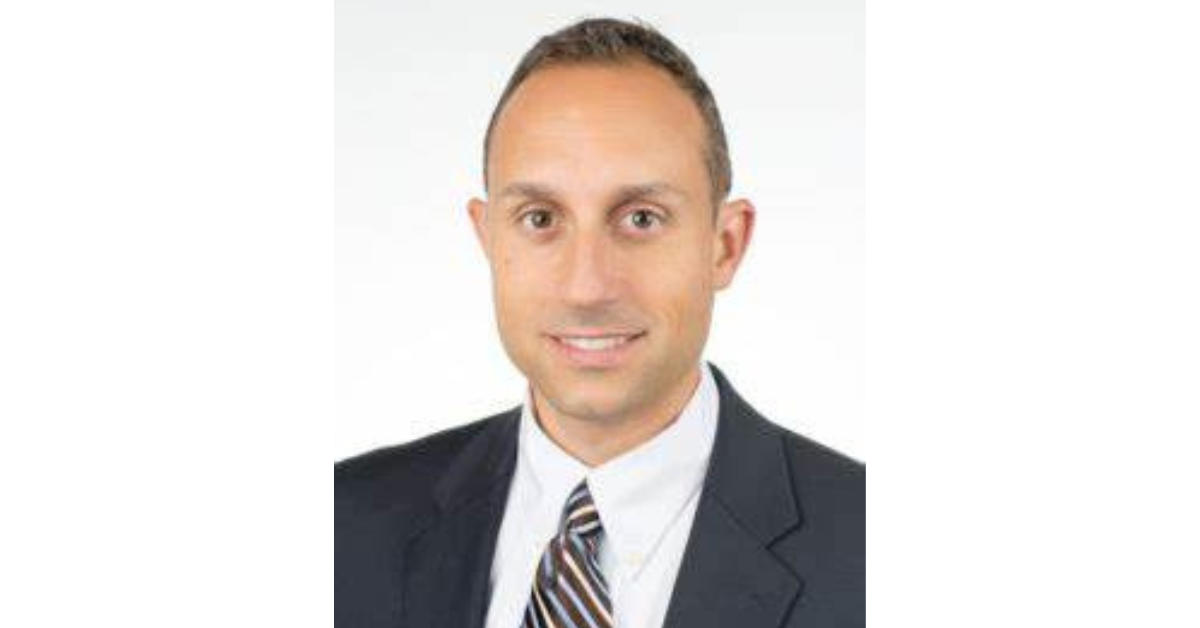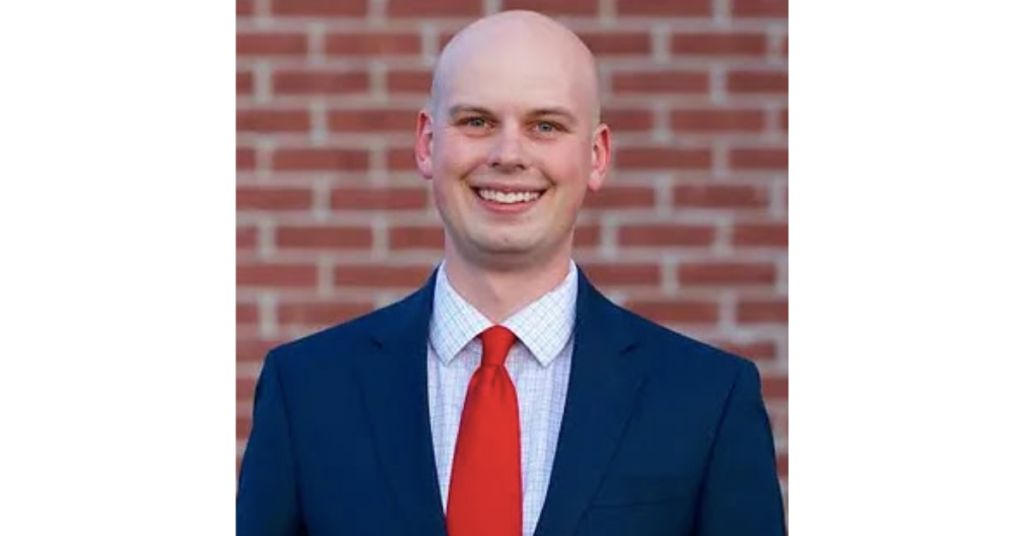Carol Johnson, Southern Indiana Business Report
FRENCH LICK — As the central bank of the United States, the Federal Reserve is commonly known for setting interest rates and regulating the nation’s banks, but the Fed is also focused on community development and economic equity.
Mike Eggleston, manager of Community Partnerships and Investment for the Federal Reserve Bank of St. Louis, gave an overview of the Fed’s community development program during the sixth annual Economic Development for Rural Leaders Conference April 25-27 at the French Lick Resort. The conference, sponsored by Radius Indiana, was attended by about 30 people from southern Indiana.
The program aims to promote economic resilience and upward mobility for low- and moderate-income individuals and communities.
All communities, he said, likely have structural, historical, institutional and behavioral barriers that inhibit full economic participation among residents.
The Community Development program at the St. Louis Fed is working to address those barriers by doing the following:
- Engage and convene to advance regional economic equity
- Broker information to enhance decision making
- Build and support cross-sector networks and collaboration
Understanding the challenges of rural communities, and challenges unique to your community, is the first step in promoting economic equity. For example, affordable housing and child care, Eggleston said, are two issues that negatively impact low- to moderate income households. The Fed’s program has child care fact sheets that communities can use to assess whether their community has adequate affordable, quality child care.
The Federal Reserve Board and the Federal Bank of St. Louis recently published a new book, “Investing in Rural Prosperity,” that is informing rural development stakeholders on how policies, practices and government funding can impact marginalized areas.
Egglestone referenced case studies in the book showing how rural communities across the country have created opportunities for their residents by implementing key policies and practices.
The book outlines four keys to fostering economic prosperity. TRIC is an acronym for Tailored, Resilient, Inclusive, Collaborative.
- Tailored. The strategy should fit the place
- Resilient. Design policies for long term effects that are resilient to changes over time.
- Inclusive. Community development activities must be inclusive of the full range of people in the community, especially those who have been on the sidelines.
- Collaborative. Shared prosperity is advanced when people within a community and across the region collaborate on strategies.
Leadership is another necessary ingredient to build a resilient rural community, Eggleston said.
Only 26% of remote rural counties and 35% of adjacent rural counties have an economic development organization compared with more than half of metro counties. Without that presence, it’s vital that rural communities partner with their community foundations, action agencies and health organizations.
Eggleston also urged communities to leverage their assets. In the Radius region, assets include outdoor recreation, the Hoosier National Forest, tourism and the future Monon South, a 62-mile pedestrian trail spanning five Indiana counties.
Site selector 101
Tim Conrad, president and co-owner of Stimulus LLC, was another featured speaker at the conference.
Stimulus assists companies in all areas of site selection, including incentives negotiation, site selection analysis, and ongoing compliance. Conrad, a graduate of Taylor University and the Indiana University McKinney School of Law, has assisted more than 100 companies in 30 states in their site selection process.
Conrad said there are seven primary factors that are looked at during the site selection process:
- Access to transportation
- Availability of skilled labor
- Incentives
- Infrastructure
- Cost of living
- Regulatory environment
- Availability of buildings
Having a skilled labor pool is now in the top three of developers’ priorities when selecting a location, he said.
Because it can be next to impossible to have all the things in place for every developer’s wish list, Conrad said “create a vision for the industries you want to attract.”
“Daviess County did a fantastic job creating the vision before we came knocking,” Conrad said, pointing to the WestGate One project that will create a semiconductor manufacturing campus.
Workforce development and job training programs, which Indiana has invested in, are also positives that a community can take advantage of.
“With workforce being such an issue, just knowing there’s a pipeline in place is really important,” Conrad said.
Finally, he said timely communication between the LEDO (Local Economic Development Organization) and elected officials is vital to the site selection process as most developers are on a fast pace to visit potential sites and make a decision.




